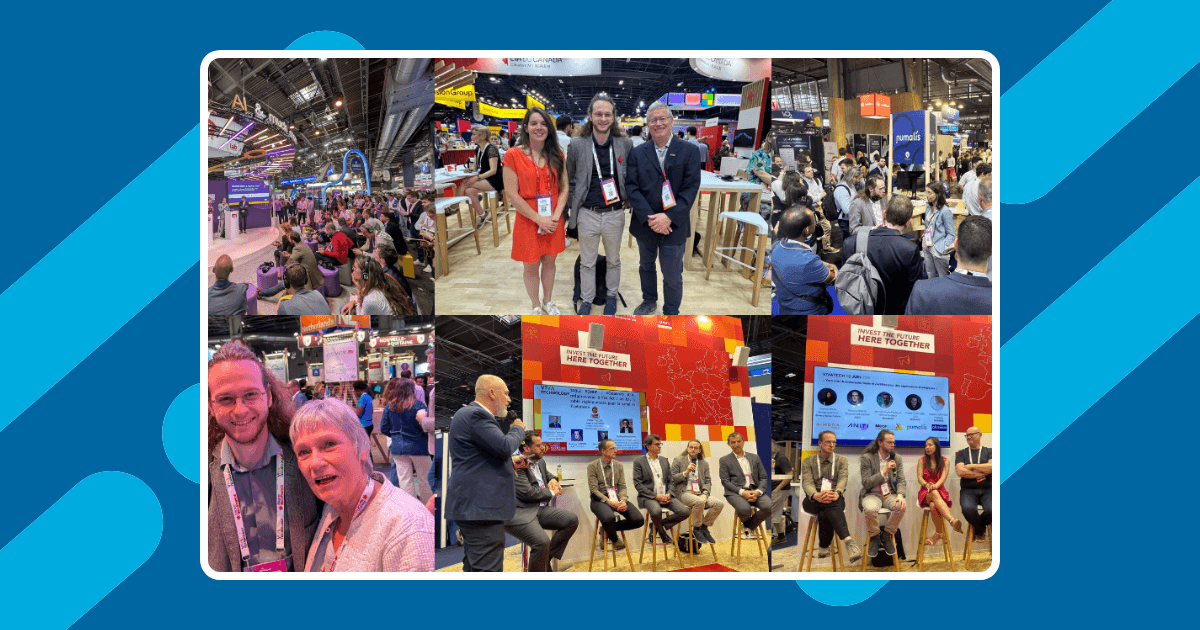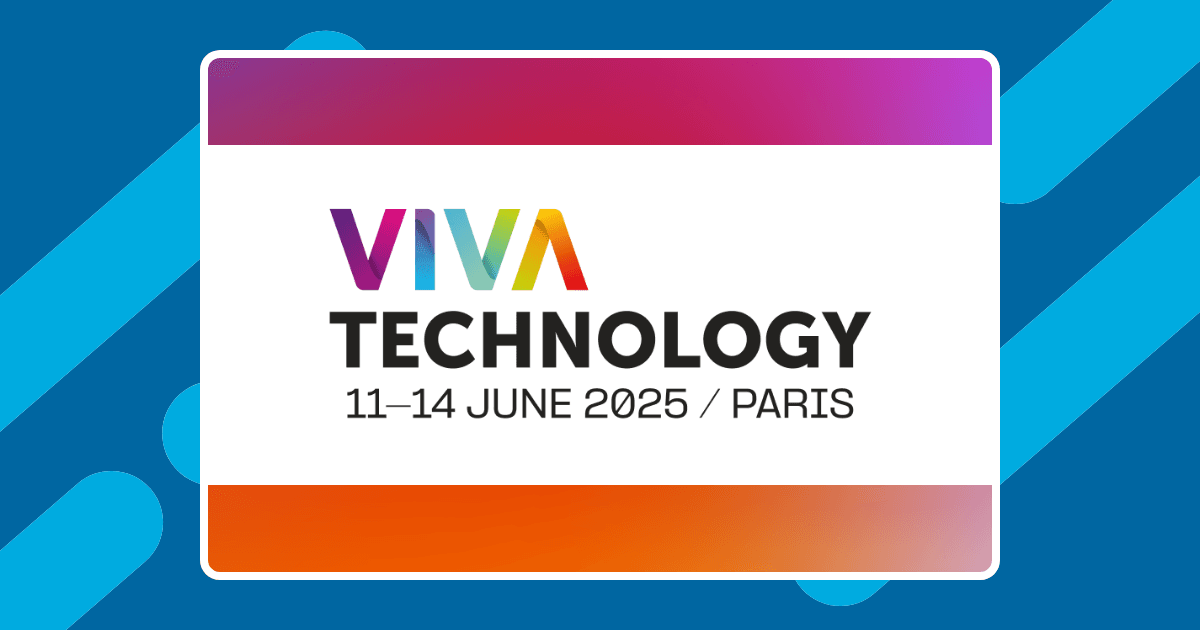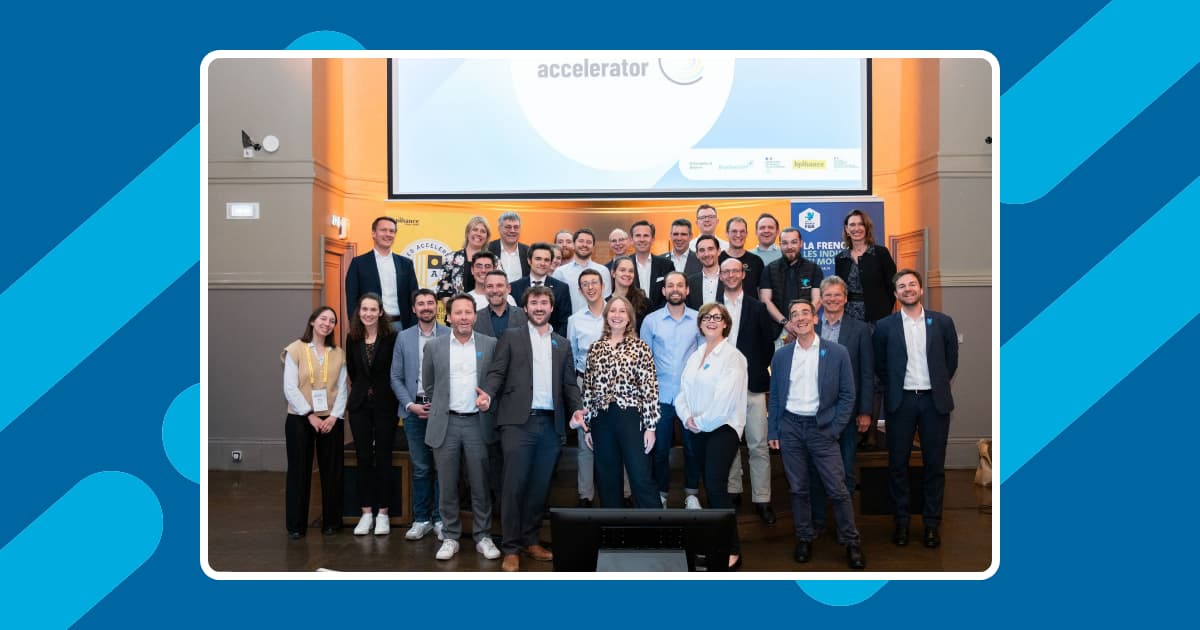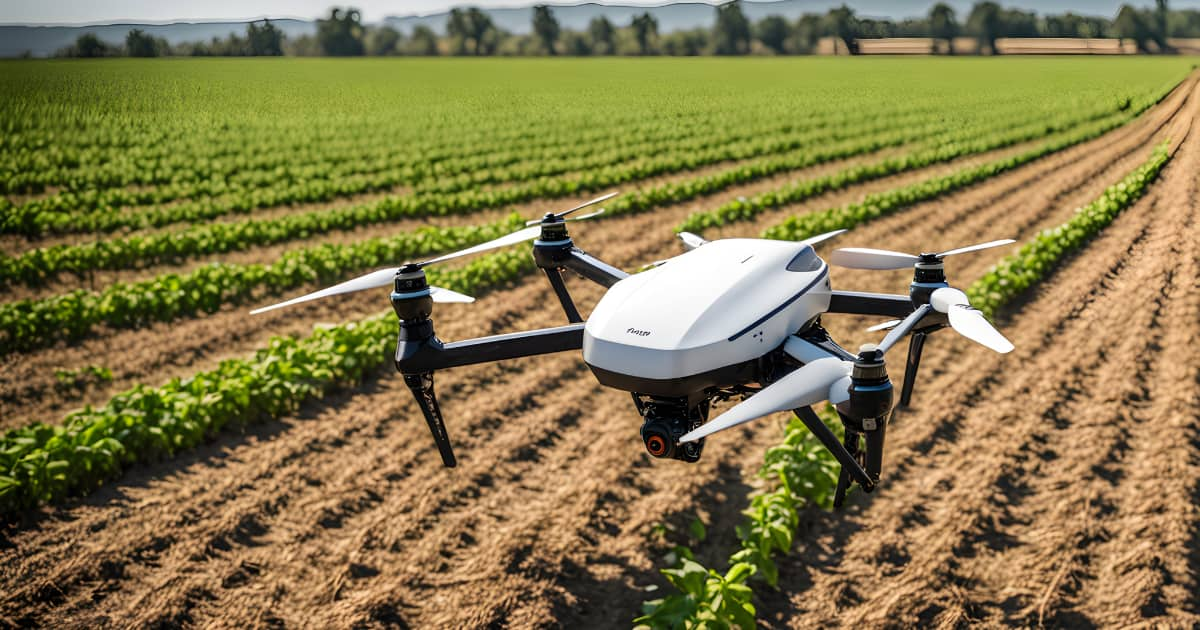Data is the source of AI development. Hardware and data science are evolving by following in parallel
With the fast development of AI in just a few years, and its dissemination in a wide range of fields, many economic players believe that AI will lead to a new technological transition. Today, the issues are to know on which support AI will be able to spread even more widely, and how to exploit data to extract maximum value in order to remain competitive within the economic space.
To succeed in this transition, the economic players are driven by three fundamental issues, as Mr. Liang explains in an interview with The Next AI Plateform :1
- Firstly, data centers are in crisis in terms of power, sprawl and cost, forcing companies to create new architectures for data processing, and not just AI.
- The second issue isn’t the massive amount of data being created and stored, that’s a given at this stage. But, it’s above all, the transformation of this data into business value. Indeed, only companies capable of converting data into information will be able to monetize it and emerge as winners from this evolution.
- Finally, the third question is how companies can easily and efficiently create applications to make the most of exploitable data.
So, on one hand, the new challenges concern the development and necessary evolution of hardware support for AI. And on the other, how to transform the mountains of available data into nuggets of information capable of bringing real added value to businesses.
The development and necessary evolution of hardware support for AI
First, let’s take a look at AI’s hardware.
The collective imagination may have been lulled by android robots, but the reality is that today’s AI is made up of elementary components, rather than a single complex system. These components have very limited functions, and it’s the assembly of these components by a human being that creates the illusion of a globally intelligent system. But this assembly is only a reflection of the human conception of the system, and not the consequence of a technology whose name promises more than it can deliver today.
It was in the 1950s that most AI techniques were born and developed within the scientific sphere. Later, from 1980 to 2010, machine learning began to spread beyond the scientific sphere. Finally, in the last decade, it is the advent of deep learning that fully illustrates the potential of AI2. In most cases, AI is not sold as an application per se, but rather “adds intelligence” to existing products. For example, your Apple phone integrates AI into its Siri (virtual voice assistant) functionality. AI will also be found in conversational platforms, such as virtual customer services for stores on Facebook’s Messenger app, which are in fact trained bots. If AI is to be added to any existing products, this means it must be able to graft itself onto any type of support and follow their evolution over time.
Eventually, AI will be embedded alongside users in virtually all the peripherals that surround us (telephones, computers, thermostats, clock radios, refrigerators, cars…). To get there, we also need to develop hardware capable of supporting AI. At the moment, many investments are being made in hardware.
For example, French company Kalray is developing an AI-enabled chipset as part of its R&D for driverless cars. With a capacity of 25,000 billion operations per second, it boosts processing power by a factor of 25 compared with the previous generation, positioning the company as the market benchmark for artificial intelligence3.
Another example is Sony, which announced in May that it had developed the world’s first image sensor equipped with artificial intelligence processing. With the latter, users will be able to write their own AI models in the on-board memory according to their needs or the conditions of the location where the system is used4.
If hardware supports for AI are growing and evolving, it’s also because new ways of doing things are emerging to meet new needs. As a result, data science is now a new competitive advantage – one that is almost essential for tomorrow’s businesses.
Transforming data: real added value for tomorrow’s businesses
Today, the amount of data available to companies is vast5. Whether this data is produced in-house or comes from the environment in which the company operates, its volume exceeds human processing capacities. Some refer to information overload as “infobesity”. What is important, however, is not so much the quantity of information available, but rather the way in which companies can make the most of it.
Internet pure-players such as Amazon and Netflix are already major consumers of data, but they are far from the only ones6. At Orange, for example, store managers record interactions between customers and sales staff at their points of sale and on their websites. Their data analysis departments then use this mass of data to design new marketing strategies and relevant content7. The aim is to gain a more global view of the user experience, in order to respond better to their needs, and even anticipate their new expectations. So it’s not surprising to see data science departments springing up in most large groups, such as Orange, to take advantage of the potential of this technology.
Data science, to put it briefly, is the extraction of useful knowledge from raw data sets. Once transformed, this knowledge is transformed into information that can be used to solve business problems. Data science can have applications at different levels of a company.
For example, according to EBG in 2017, 51% of companies expect to increase productivity and generate savings by improving their internal processes with data science tools. According to the same study 49% are using data science to learn about user behaviors to increase business performance. For even the most traditional companies, the quality of their information assets and their ability to make the most of them will represent a growing proportion of their own value. In addition to optimizing costs and margins, business growth means mastering the competitive edge provided by the use of data.
Conclusion
AI has become an integral part of many aspects of our society. Whether in our daily lives, in corporate strategy or in public sectors such as healthcare or defense. For companies, the first challenge is to anticipate future market trends in order to prepare systems and software for the future media chosen to integrate AI.
The second challenge is to transform the mountain of data they have collected from users into relevant actions to improve their offers. The two are closely linked, as the source of the data produced is increasingly localized within the system that would benefit most from its exploitation by AI.
The data-producing system becomes its own information consumer. And to achieve this, AI needs to be as close to the system as possible. So, if companies want to remain competitive, they need to aim right and not miss the boat on embedded data science.
- Software has to lead hardware in the AI dance ↩︎
- Intelligence Artificielle (IA) Présentation et applications ↩︎
- [CES 2020] Le français Kalray dévoile la nouvelle génération de sa puce intelligente ↩︎
- Sony innove avec le premier capteur d’images combiné à une puce d’IA – ZDNet ↩︎
- ISO/IEC 20546:2019(en), Information technology — Big data — Overview and vocabulary ↩︎
- La “data science”, nouvel avantage compétitif pour l’entreprise 3.0 ? ↩︎
- Transformer la data et créer de la valeur pour votre business ↩︎







